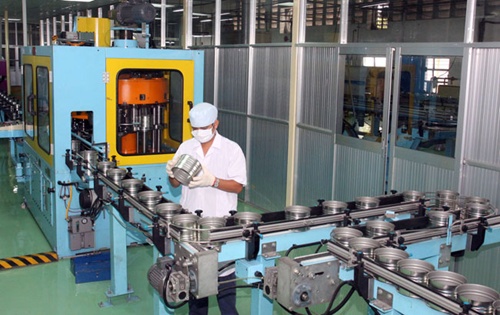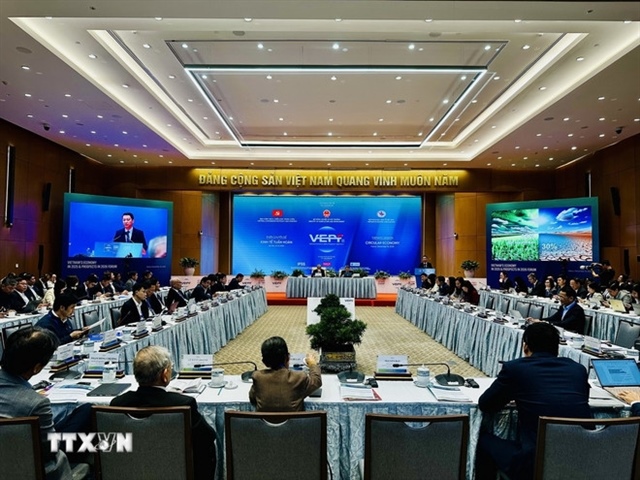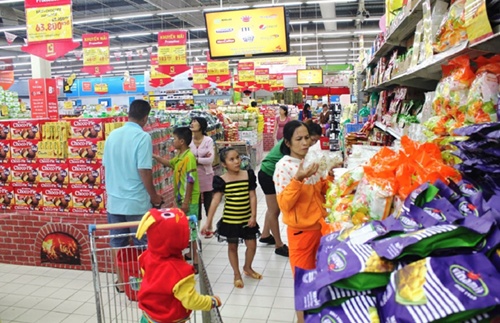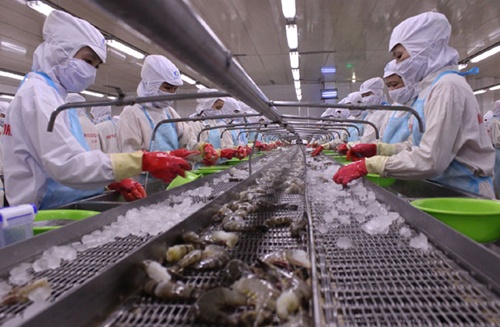Agriculture sector seeks new markets
Agriculture sector seeks new markets
The export market for agricultural products must be diversified to avoid the dependence on a single market, said ministers from two different ministries.

The Ministry of Agriculture and Rural Development and the Ministry of Industry and Trade, on Tuesday, jointly held a conference to discuss measures to boost exports of farming and aquatic products, amid the spiralling tensions with China on the East Sea.
Minister of Industry and Trade Vu Huy Hoang said that trade between Viet Nam and China had not been impacted much by the East Sea tensions.
However, if the situation gets worse, agricultural products' exports would be badly hit as China was a major market for Viet Nam. As a result, millions of farmers would suffer.
"It is time for the agriculture sector in Viet Nam to determinedly restructure and develop traditional markets while expanding new ones," Hoang said.
Viet Nam earned US$8.92 billion from shipping products abroad in the first five months of this year, up 12.75 per cent against the same period in 2013. The export turnover was expected to hit $21 billion, rising 5.8 per cent over last year.
However, production and exports are facing a number of difficulties, such as diversification of products, markets and standards for exports.
The exports of several agricultural products saw a decline. Rice fell by 7 per cent on export volume and 5.3 per cent on value to $1.2 billion. Rubber exports fell sharply in the first five months by 40 per cent in value to $472 billion, according to Tran Thi Thuy Hoa from the rubber association.
The rubber sector was encountering high stockpiles in the world market, Hoa said, and added that the price tended to fall as a result of supply exceeding demand, which was likely to continue for several years.
According to Minister of Agriculture and Rural Development Cao Duc Phat, expanding markets were indispensable for the development of the agricultural sector, which played an important role in the Viet Nam economy.
However, seeking new markets was not easy as the competition was tough, and many countries had applied trade barriers on several Vietnamese farming and fisheries products.
Quality was also a problem because many agricultural products of Viet Nam were exported in raw form with low added value, said Deputy Minister of Industry and Trade Tran Tuan Anh.
The export strategy from 2011 to 2020, with a vision for 2030, said that the structure of export products would be shifted to processed products with high quality, high added value and strong brand name.
However, the lack of capitals and technology supports were holding back progress.
Anh said standards must be set up to raise the quality of agricultural products, and added that the Ministry of Industry and Trade would negotiate to expand export markets with incentives to remove tax and trade barriers.
A memorandum of understanding to this effect was signed at the conference between the two ministers to promote exports of seafood and farm products.
bizhub




















